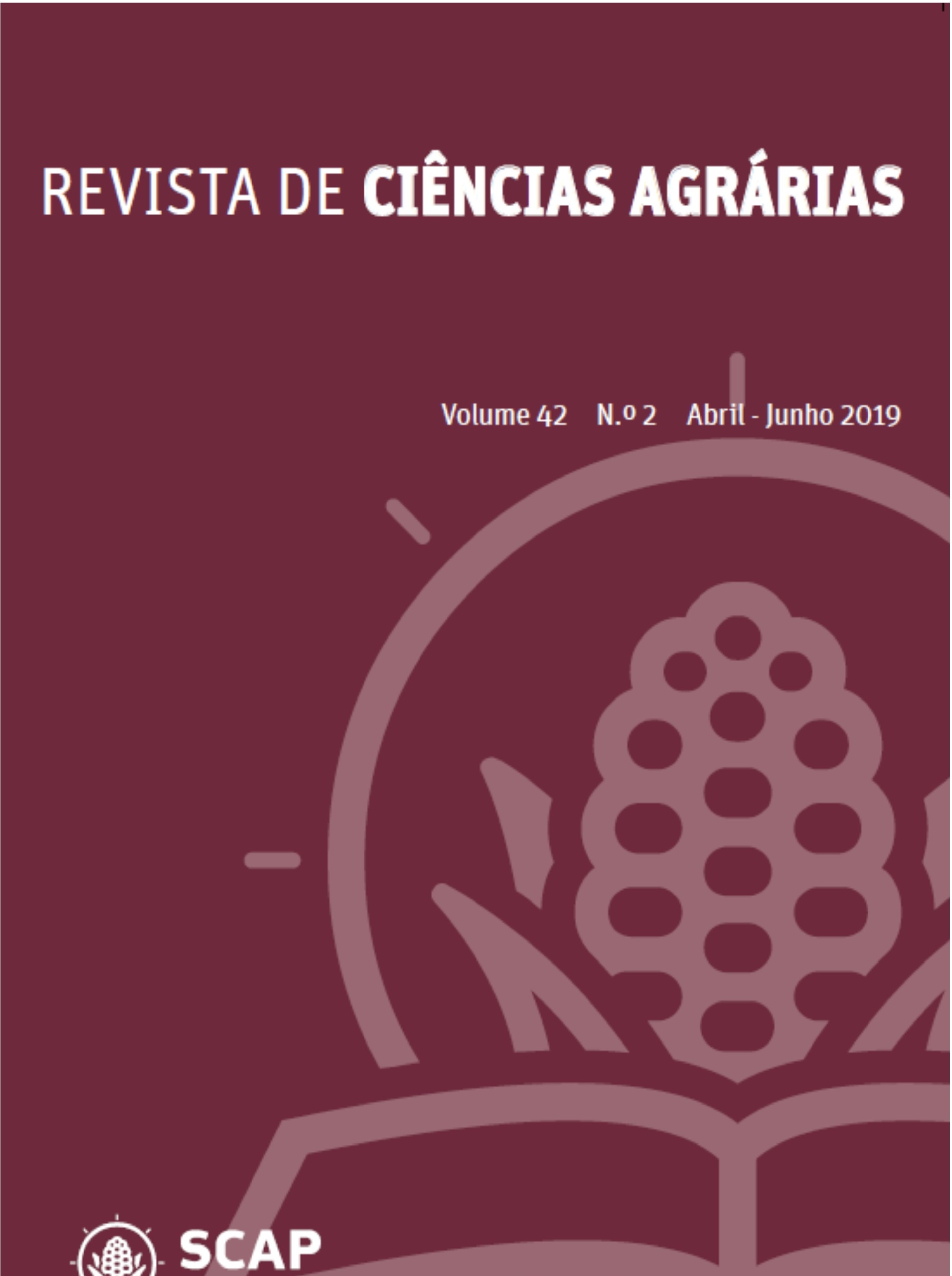Sorption and desorption of chromium from applied tannery sludge in soils under pastures and Cerrado vegetation
DOI:
https://doi.org/10.19084/rca.17177Abstract
Tannery sludge is often used in agriculture as a source of nutrients and for controlling soil acidity. However, the use of this substance can promote soil contamination by chromium. The objectives of this research were to determine the sorption and desorption isotherms of chromium from tannery sludge in a laboratory experiment. The sorption and desorption of chromium were determined in samples of an Oxisol under pasture and native vegetation (Cerrado). Soil samples were mixed with tannery sludge and a solution of chromium sulfate. The soil samples containing chromium at different concentrations were shaken for 72 hours in cycles of 12 hours of shaking and 12 hours of rest. The samples were then centrifuged, and the soil separated from the supernatant and were subjected to selective desorption with CaCl2, NaOH, and Na2EDTA solutions to determine the different fractions of chromium. Results showed of the chromium retention in the soil was strongly influenced by the soil organic matter and the organic matter from tannery sludge. That chromium presented in both tannery sludge and sulfate was strongly sorbed on soil. Chromium desorption was higher for samples treated with NaOH in the tannery sludge and with others extractors in the sulfate treatment.


